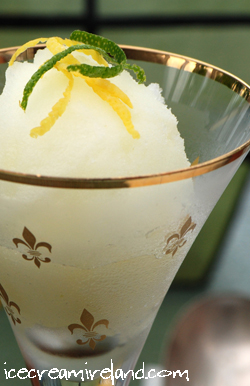 We sold out of this sorbet in two days at the Bloom festival in Dublin. It turned out really well and was featured in the Irish Times Magazine today, so I thought the least I could do was post a recipe for anyone who might have been disappointed and might wish to make it themselves.
We sold out of this sorbet in two days at the Bloom festival in Dublin. It turned out really well and was featured in the Irish Times Magazine today, so I thought the least I could do was post a recipe for anyone who might have been disappointed and might wish to make it themselves.
Elderflower ‘champagne’ sorbet is a dessert gourmet enough to wow any foodie friends. Its taste also seems to evoke an emotional response of nostalgia, of foods once tasted and of carefree summers past. Gather friends together over a dish, and the conversation is likely to turn to forgotten memories and sunny days ahead.
I have posted a recipe for elderflower champagne here.
(And, yes, I know I shouldn’t use the term ‘champagne’ for anything not made in that region of France, but elderflower ‘sparkling wine’ sounds really silly!)
Murphys Elderflower Champagne Sorbet
Ingredients:
330 gr sugar
250 ml spring water
500 ml elderflower champagne
75-100 ml lemon juice (to taste)
Yield: 6 Servings
What to do:
1. Boil the water and stir in the sugar, until it is completely dissolved.
2. Cool completely.
3. Stir in the champagne and lemon.
4. Freeze using a domestic ice cream machine, or cover and place in the freezer, stirring at 1 hr intervals to break up the ice.
5. Invite friends over & enjoy!
Technorati tags: elderflower, champagne, elder, recipe, sorbet












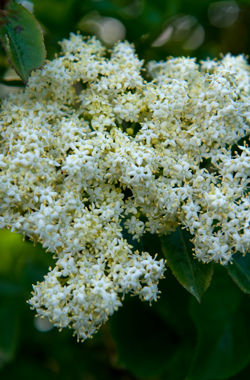 Elderflowers are one of the joys of early summer, and one of the easiest, most delicious and satisfying summer treats is homemade elderflower ‘champagne.’ Creating champagne with nothing but water, sugar, lemon, and a few flowers is magic. It’s also a great excuse for a foraging walk and costs nothing except a bit of time.
Elderflowers are one of the joys of early summer, and one of the easiest, most delicious and satisfying summer treats is homemade elderflower ‘champagne.’ Creating champagne with nothing but water, sugar, lemon, and a few flowers is magic. It’s also a great excuse for a foraging walk and costs nothing except a bit of time. Stir in the cooled sugar syrup.
Stir in the cooled sugar syrup.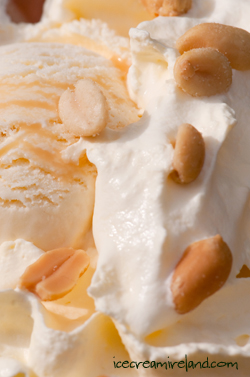
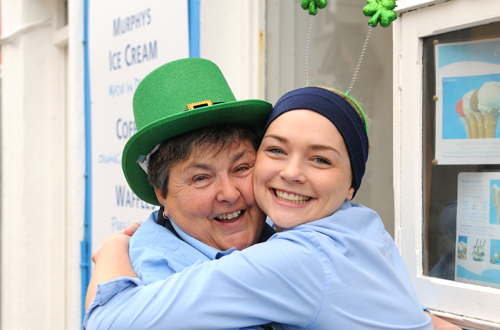
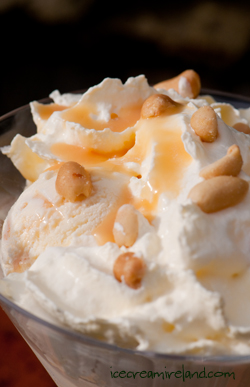
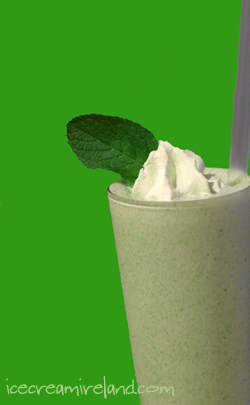
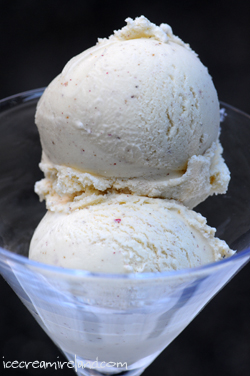
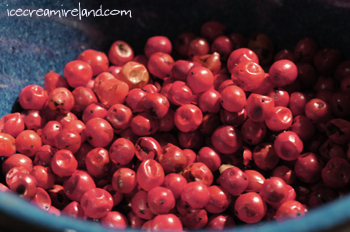
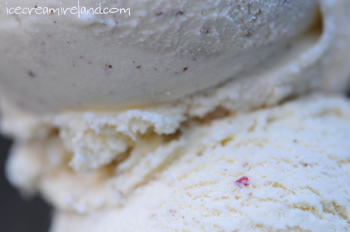
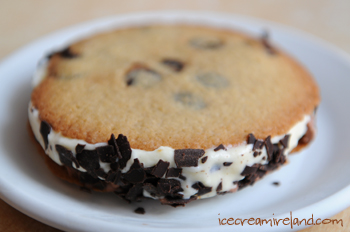
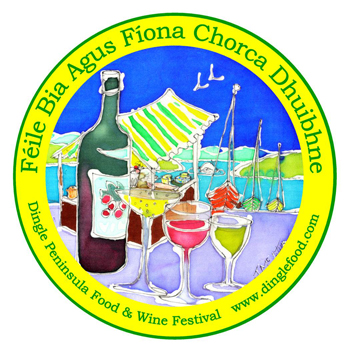
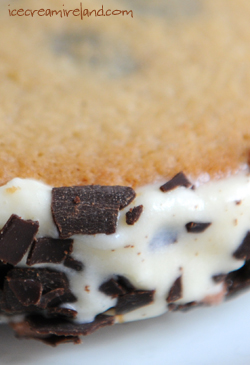
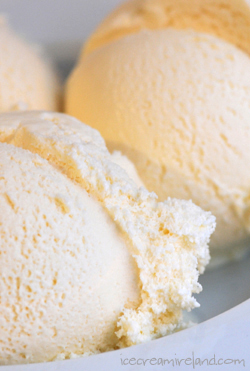
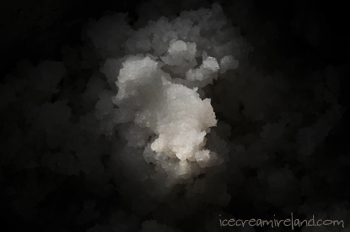
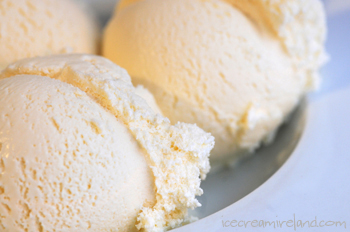
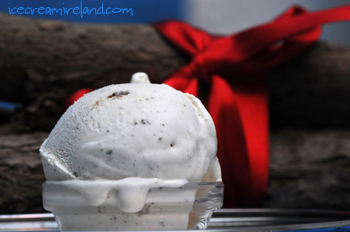 There are many kinds of gingerbreads out there, and people certainly have their preferences – how dark, how sweet, how spicy. The good news about making gingerbread ice cream is that you can use whatever gingerbread you like, so you’ll definitely like the ice cream! Whether you use gingerbread you have made or gingerbread you have bought, this makes a great festive ice cream. I’ve spiced it up a bit, but you could leave the spices away if you like a plainer ice cream, and simply substitute a bit of vanilla.
There are many kinds of gingerbreads out there, and people certainly have their preferences – how dark, how sweet, how spicy. The good news about making gingerbread ice cream is that you can use whatever gingerbread you like, so you’ll definitely like the ice cream! Whether you use gingerbread you have made or gingerbread you have bought, this makes a great festive ice cream. I’ve spiced it up a bit, but you could leave the spices away if you like a plainer ice cream, and simply substitute a bit of vanilla.
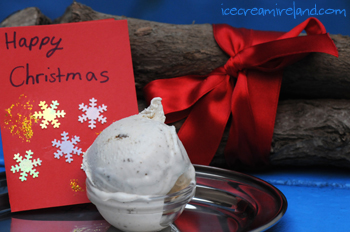 Yield: 8 servings
Yield: 8 servings